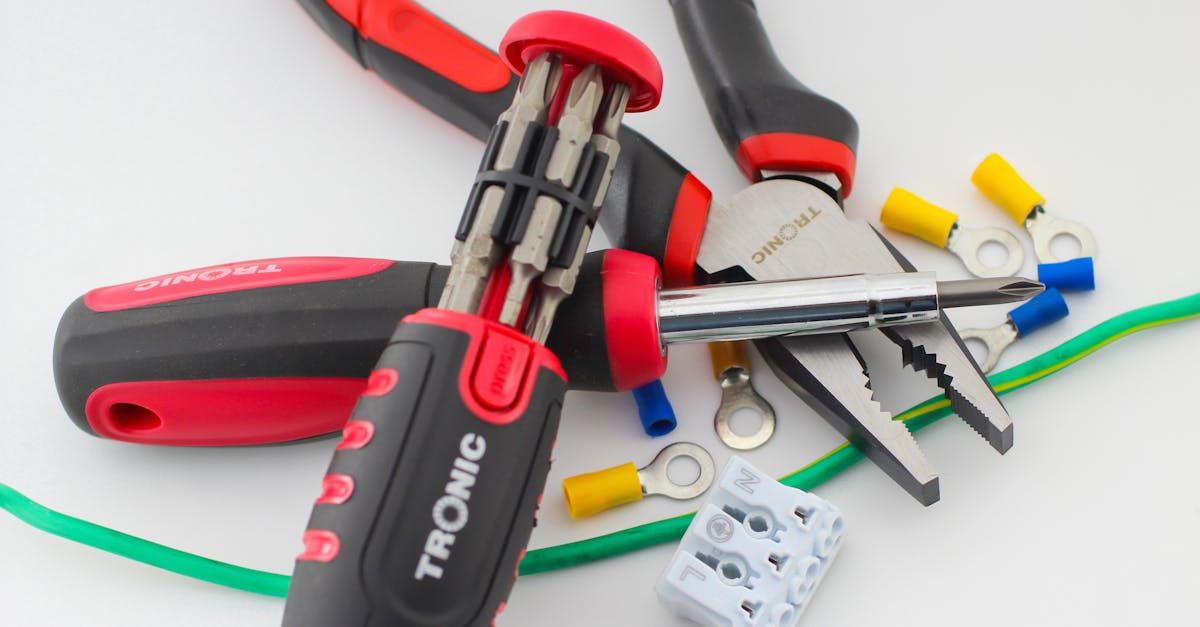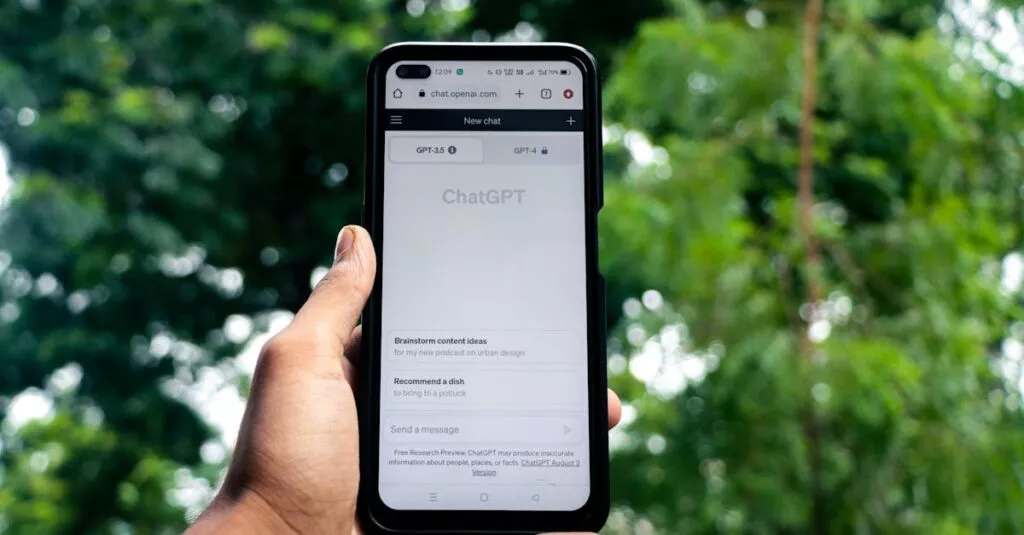Understanding the Role of AI Assistants
Artificial Intelligence (AI) assistants are becoming a widespread resource for students. They help simplify complex concepts and provide quick answers. But, how effective are they in helping kids with homework? AI tools like ChatGPT can be valuable allies, turning mundane assignments into engaging activities. By providing instant feedback and assistance, AI can hold a child’s interest longer. Recent studies show that interactive tools can significantly improve learning outcomes, making these digital helpers worth considering.

Making Homework Fun with ChatGPT
Let’s face it, homework can sometimes be a bore. But what if there were a way to make it fun? Enter ChatGPT! This AI assistant can revamp the traditional homework routine.
Picture this: A friendly chatbot that speaks your child’s language, cracking jokes and dropping fun facts while guiding them through their tasks. ChatGPT can answer questions in real-time and explain concepts in simple terms. It’s like having a super smart buddy who’s never too busy to help.
Check out the image below for a glimpse:

Bridging Learning Gaps
While teachers do their best, some kids still struggle with certain subjects. AI assistants like ChatGPT can help bridge these learning gaps. These tools adapt to each child’s pace, ensuring they grasp challenging concepts before moving on. They can provide additional examples and explain ideas differently, catering to various learning styles. With AI, the one-size-fits-all approach to education becomes more personalized, which can lead to better comprehension and retention.

AI assistants are revolutionizing the way students learn, offering tailored support that complements traditional teaching methods. By filling in the gaps, these tools empower students to reach their full potential.
Dealing with Emotional Challenges
Children often feel stressed about homework, especially when they don’t understand something. This can lead to frustration and anxiety. But ChatGPT can help ease these emotional challenges. It patiently answers questions and helps kids work through problems step-by-step, reducing their stress.
Sometimes, just knowing there’s a resource available 24/7 can be a huge relief. Plus, an AI doesn’t get annoyed or tired, creating a supportive learning environment for kids.

Practical Tips for Parents
Parents, here are some practical tips to make the best out of AI assistants like ChatGPT. First, set clear boundaries on when and how your child should use it. This ensures they don’t become overly dependent. Encourage your child to attempt their homework first before seeking ChatGPT’s help. Use it as a supplementary tool rather than a crutch. Also, regularly review your child’s learning progress and adjust the usage of AI tools accordingly. This balanced approach can maximize the benefits while minimizing any potential downsides.

Encouraging Interaction and Feedback
We’d love to hear from you! Have you tried using AI tools like ChatGPT for your child’s homework? What was your experience like? Drop a comment below and share your stories. Your feedback can help other parents navigate this new territory. Remember, the goal is to make learning engaging and stress-free for our kids. Let’s leverage technology wisely and support each other in our parenting journey. Together, we can make homework less of a chore and more of an adventure!

Related Posts:
- AI Enhances Educational Experience for Pre-schoolers
- ‘Redefining Learning with AI for Kids’
- AI’s Impact on Self-Learning in Children
- AI for Early Readers: Boosting Literacy in Preschoolers
- AI Skills to Nurture in Your Pre-school Child
